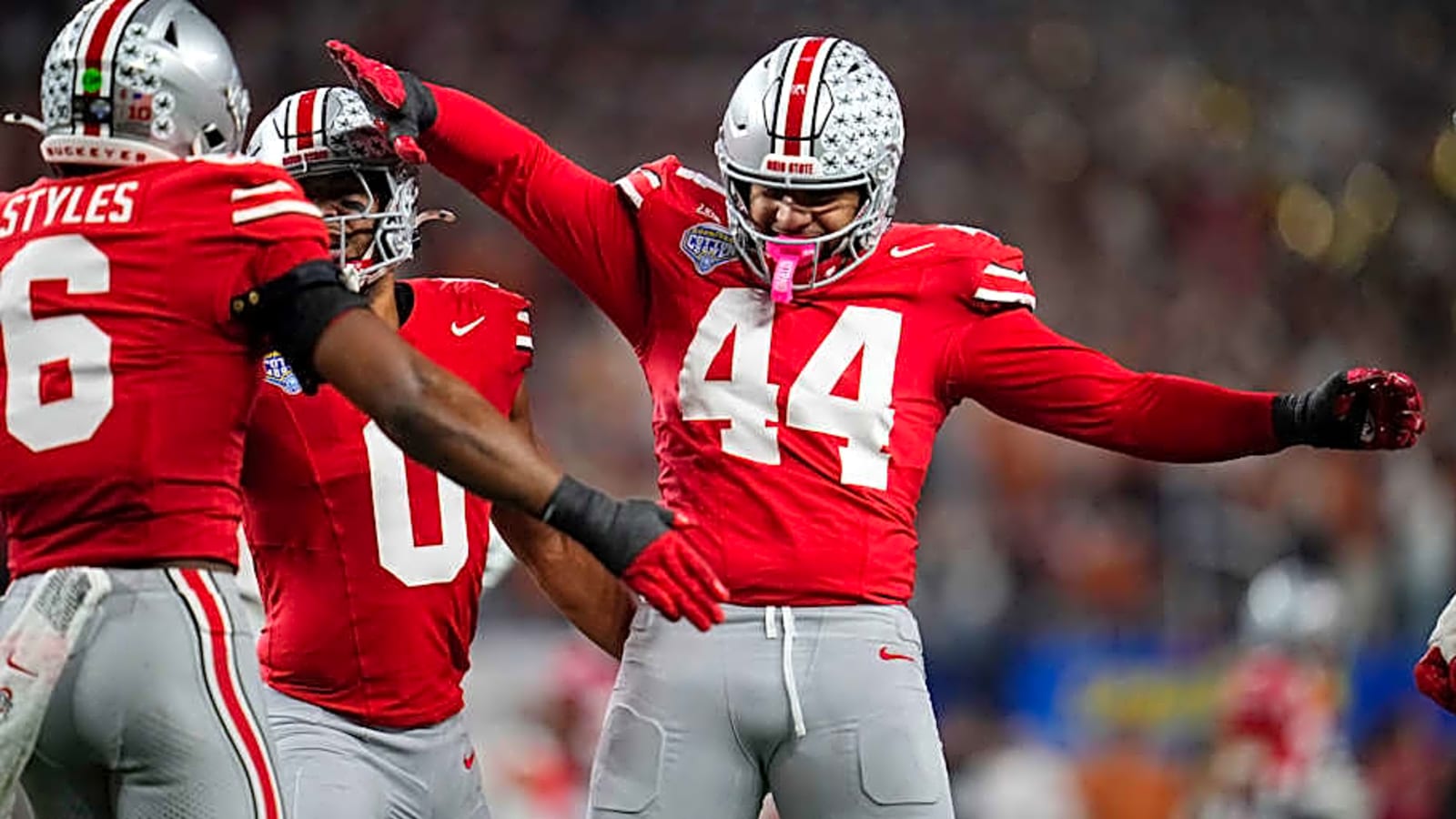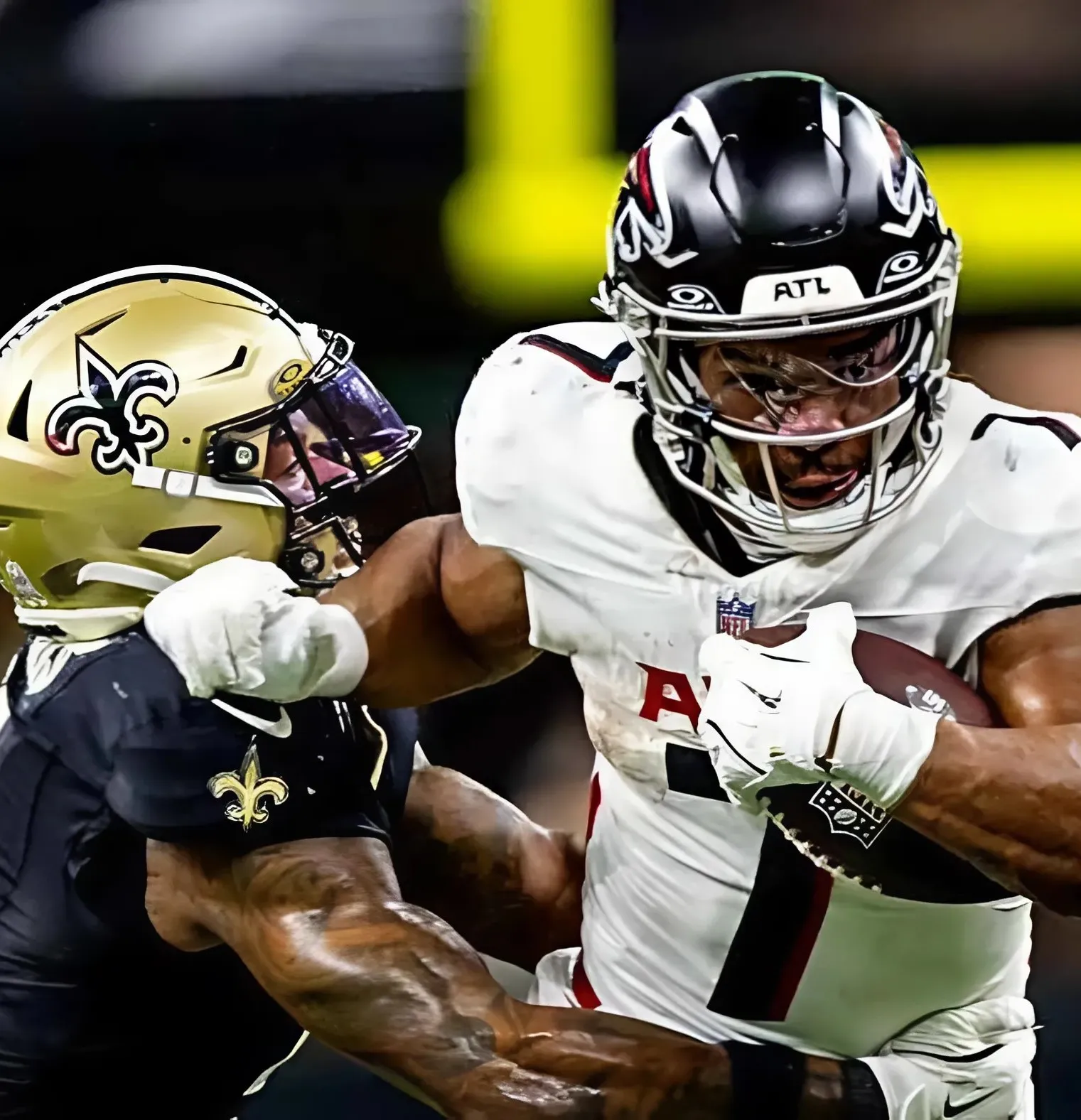
Feb 10, 2024; Philadelphia, Pennsylvania, USA; Philadelphia Flyers defenseman Travis Sanheim (6) and right wing Travis Konecny (11) celebrate goal scored by center Sean Couturier (14) (not pictured) against the Seattle Kraken during the third period at Wells Fargo Center. Mandatory Credit: Eric Hartline-USA TODAY Sports
The regular season is approaching, and with that another season that’ll see the Flyers (and a lot of other teams) up against it when it comes to navigating their way through the 82-game schedule. As previously reported, Philadelphia will see 14 back-to-back games this year.
That is not ideal. But that’s the best of what’s to come. They’ll also play three games in four nights 19 times, which is a sizeable amount of games bunched together. The real kicker? Well, an almost criminal 24 times this year Philadelphia will have played four games in six nights. Three months they’ll be playing essentially every other night with 15 games each of those months (December, January, and March). Granted, the nearly three-week break for the Winter Olympics will be a slight reprieve. But it’s going to be hellish at best. Before the Olympics and after the Olympics.
The Philadelphia Flyers have a choice to make this season—play it safe with the traditional 12 forwards and six defensemen setup, or embrace the chaos with an 11-7 lineup that could jolt the roster into a new gear. And let’s be clear: in today’s NHL, playing it safe is just another way of saying “prepare to lose.”
The 11-7 format isn’t just some quirky coaching experiment. It’s a strategic weapon. With seven defensemen, the Flyers can roll more fresh legs on the blue line, absorb injuries without imploding, and get more matchup flexibility against opposing stars. Imagine sending out a rested, shutdown D-pair against Connor McDavid one shift, then throwing your best puck-moving defenseman into the rush on the next. That’s the kind of unpredictability that makes opponents miserable.
Of course, the sacrifice is one less forward—but is that really a loss for a Flyers team that doesn’t exactly have four superstar lines? Instead of forcing a fringe winger into the lineup, head coach John Tortorella could double-shift top players like Travis Konecny or Sean Couturier, giving them extra ice time when the game demands it. More of your best players on the ice? That’s not just smart, that’s ruthless.
And let’s not ignore the psychological factor. Opponents hate playing against teams that break the rhythm. The 11-7 setup throws off line matching, frustrates power-play units, and forces the other bench into constant adjustments. The Flyers could weaponize that chaos, turning every game into a chess match they control.
Critics will whine about chemistry, claiming forwards need stable linemates to build trust. Sure, in a perfect world, that’s true. But this isn’t a perfect world—it’s the grind of the NHL. Injuries happen. Slumps happen. Adaptability wins playoff rounds, not rigid game plans.
The bottom line? The Flyers are in no position to be predictable. They’ve spent too many seasons flirting with relevance without fully committing to the kind of bold, identity-shaking moves that separate contenders from pretenders. The 11-7 lineup is a gamble, but it’s the kind of gamble that says, “We’re here to make you uncomfortable—and beat you doing it.”
Play safe, and the Flyers stay in the middle of the pack. Play bold, and they might just shock the league.

-1753657930-q80.webp)

